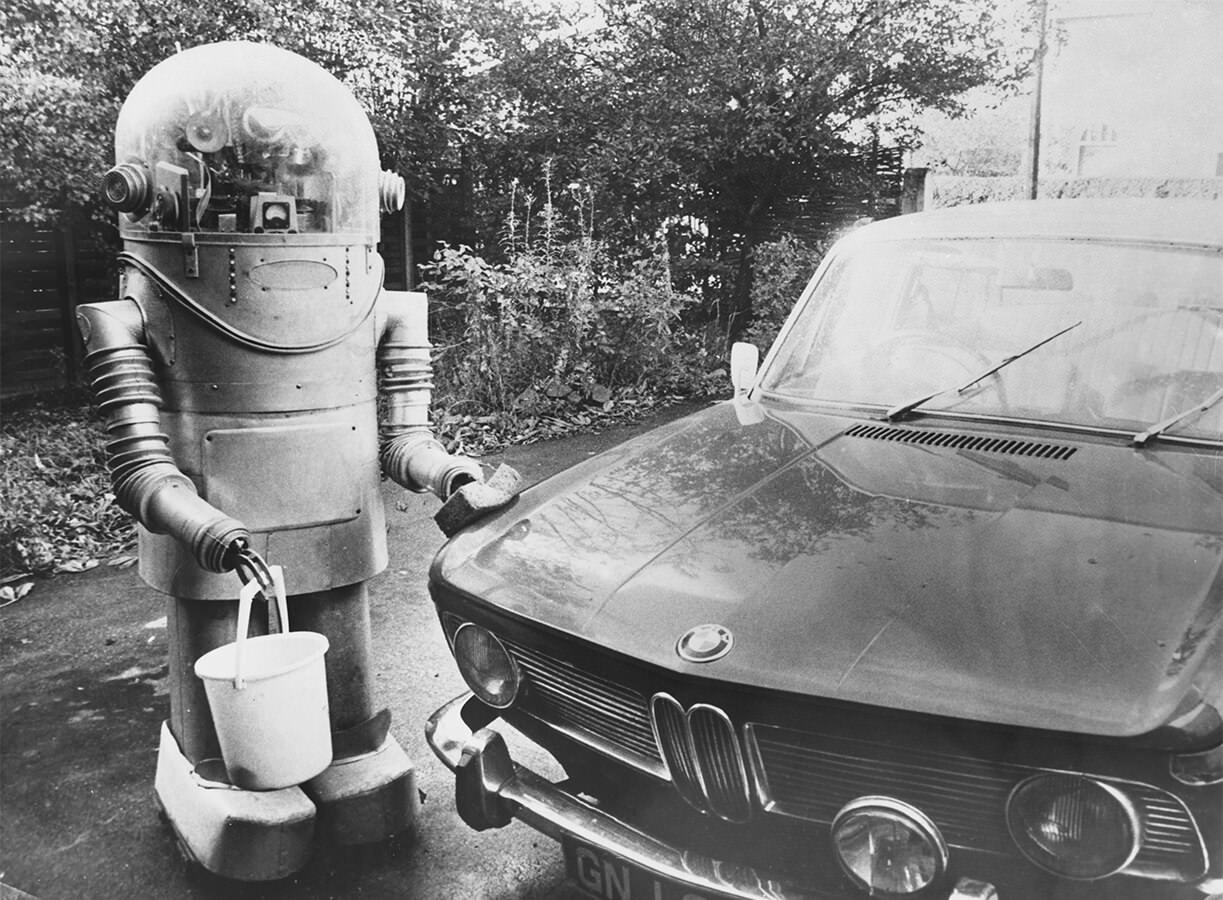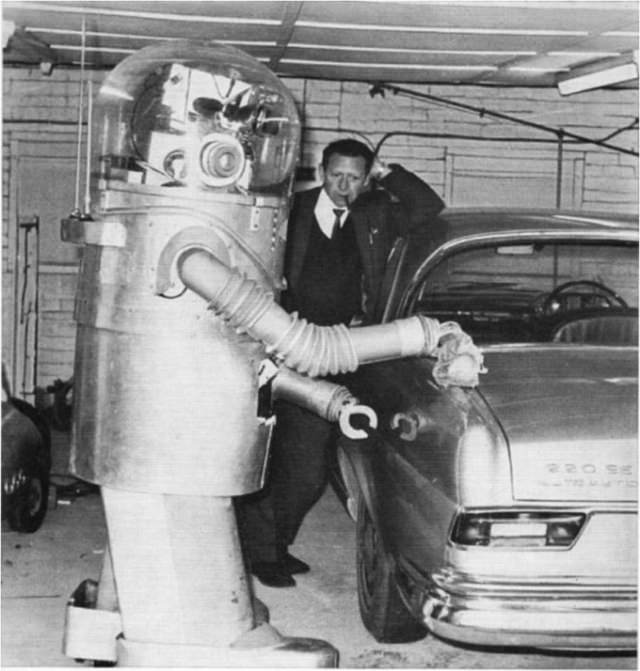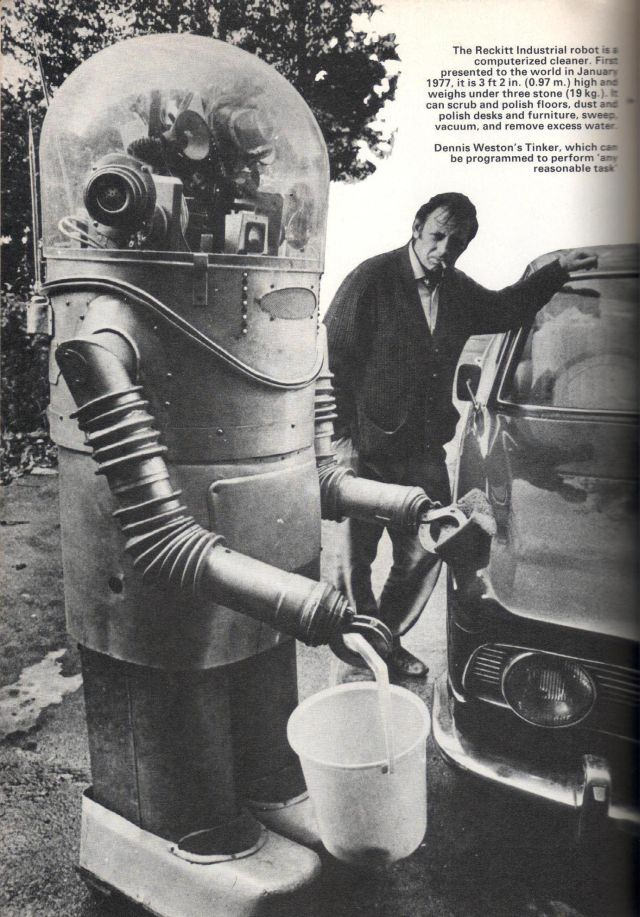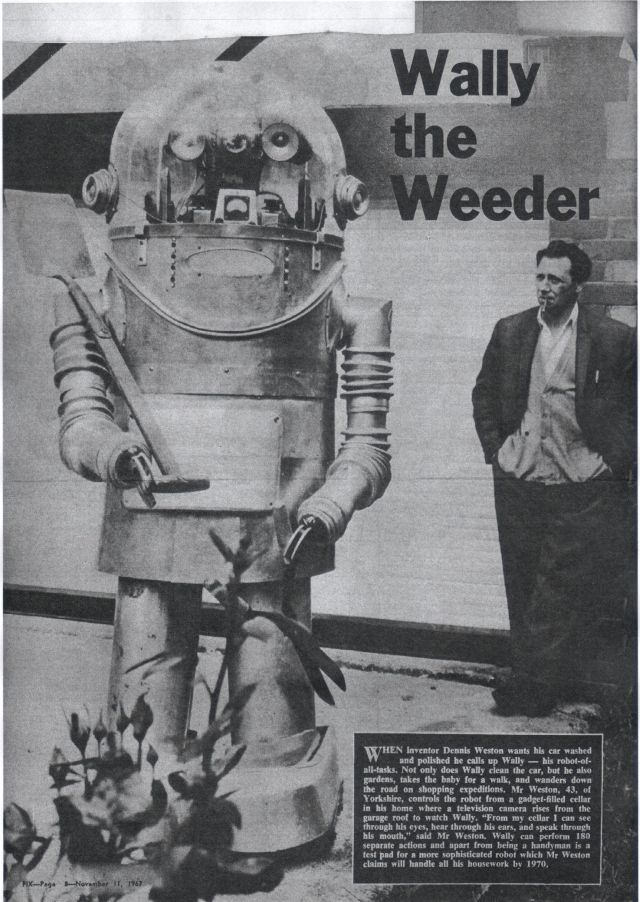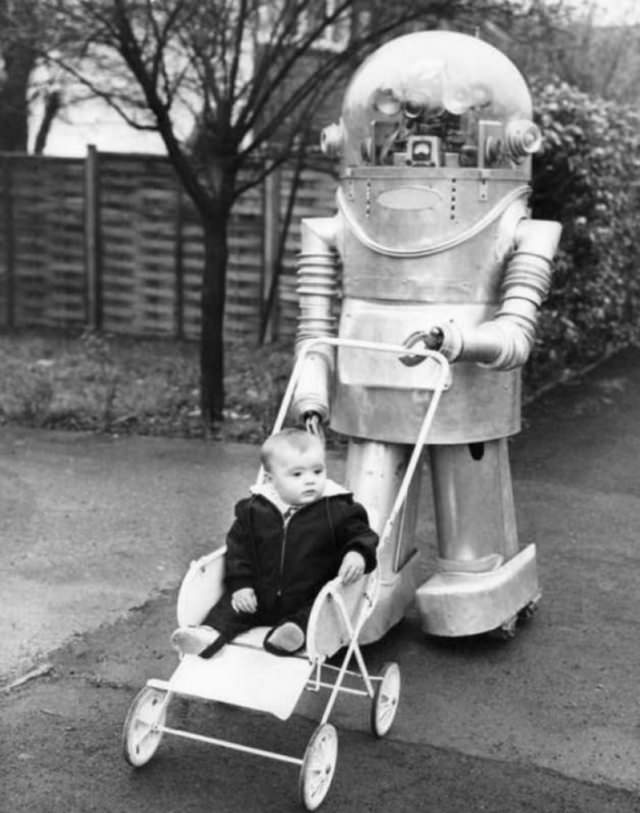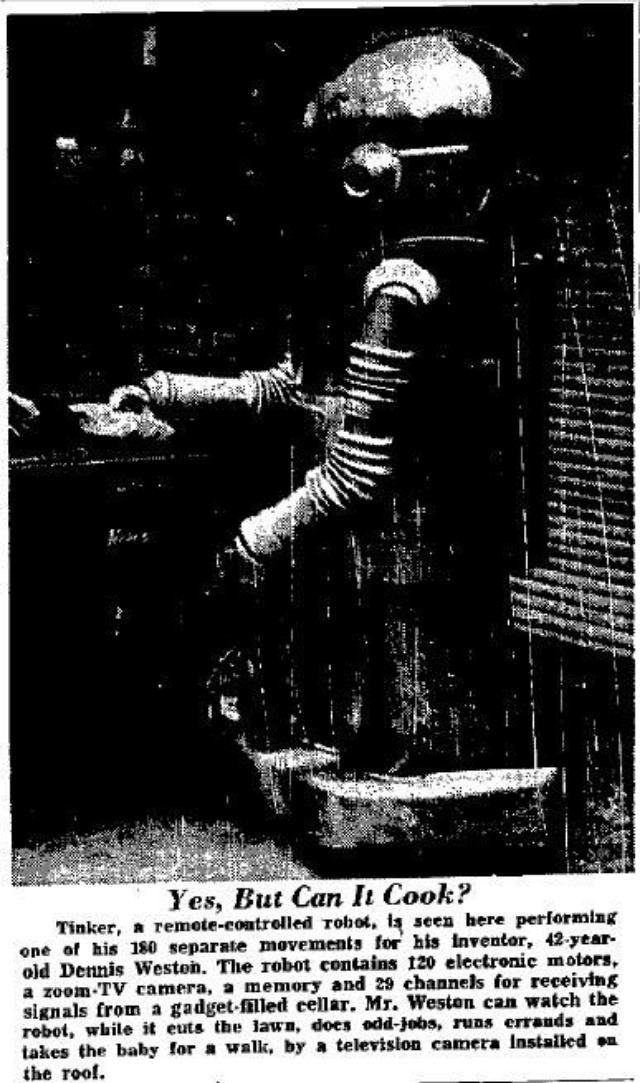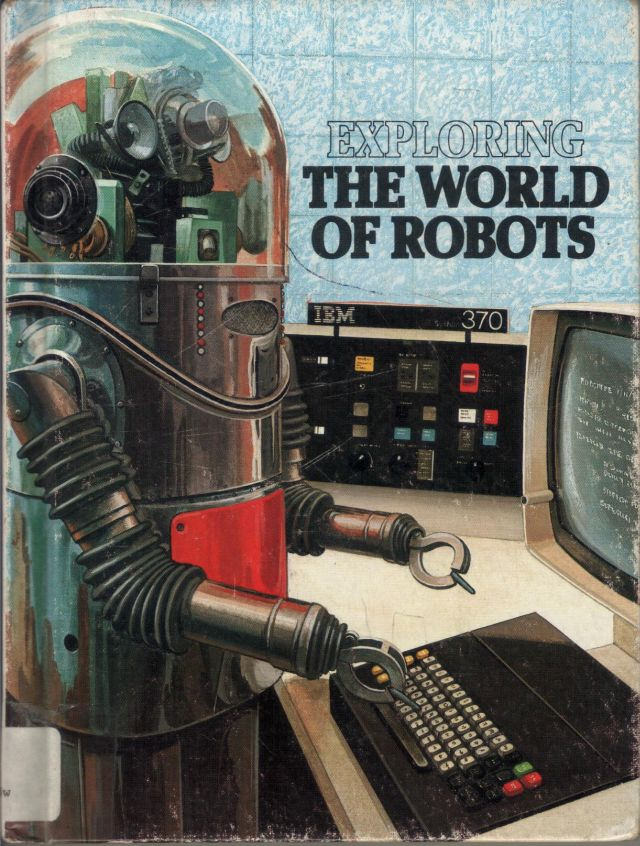Tinker the Robot was a real-life “Jetsons” housekeeper robot invented in 1966 by Westinghouse Electric Corporation. The Robot was designed to perform household tasks such as cleaning, vacuuming, and folding laundry. Tinker was considered ahead of its time and was one of the first robots designed specifically for household use. It stood three feet tall and was equipped with sensors, lights, and voice recognition technology. Despite its innovative features, Tinker was never commercially available and was only produced in limited quantities.
David C. Weston invented it. Tinker was built with two DC motors, one for each track, that provided the Robot with mobility. The Robot could move forward, and backward, turn left and right, and even pivot on the spot. The motors were controlled by a system of gears and pulleys that gave the Robot a smooth, stable, and responsive movement.
In addition to its mobility, Tinker was also equipped with several functions that made it a versatile household helper. The Robot had a vacuum cleaner, a washing machine, and a dishwasher, allowing it to clean and maintain a home easily. The Robot also had a built-in TV, allowing it to entertain its owners while performing other tasks.
Tinker was also equipped with several sensors that allowed it to navigate around a room and avoid obstacles. The Robot had infrared sensors that helped it avoid collisions and stay on course and light sensors that allowed it to navigate in the dark.
However, Tinker was widely recognized in popular culture and made several appearances on television shows, including “The Tonight Show with Johnny Carson.” It was also featured in magazines and newspapers and became a symbol of the future of technology and automation. Although Tinker may not have revolutionized the home, it was a significant step forward in developing household robots and paved the way for future innovations in the field.


